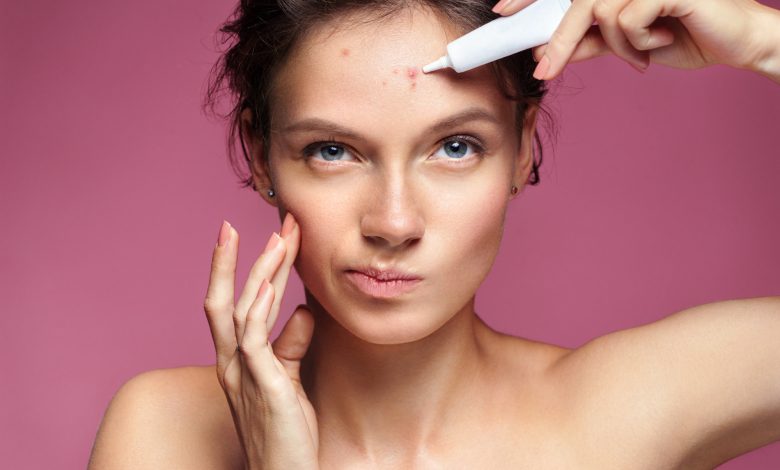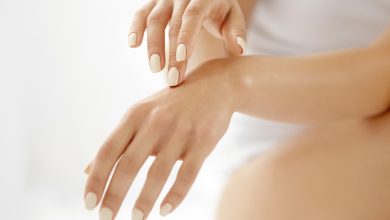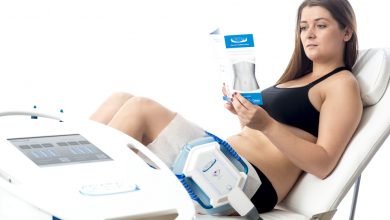What Are the Different Types of Acne That Exists Today?

Are you an adult whose skin is still prone to acne? Do you want to know more about acne, especially the different types of acne, before seeing a dermatologist? If so, this article is for you.
Here, we’ll go over all you need to know about common forms of acne. We’ll help you get familiar with your body so you can tell your dermatologist the truth if they ask you to describe your acne’s symptoms.
Keep reading to learn more about the common types of acne, along with treatments and prevention.
Table of Contents
Whiteheads
First on the list of different types of acne is whiteheads. Whiteheads are small, white bumps that appear on the surface of your skin as a result of clogged hair follicles. This occurs when the sebaceous glands produce too much oil, leading to a blockage of the follicle that results in a collection of bacteria and oil remaining underneath the surface of the skin.
The white appearance is caused by a thin layer of keratin (skin protein) and sebum (oily secretions) blocking the pore. It is a must to regularly cleanse your skin and remove any accumulated oil or bacteria to prevent whiteheads. Besides, avoid the use of heavy makeup and lotions, which can clog up the pores and lead to further breakouts.
Blackheads
Blackheads appear as small, dark bumps on the skin and are caused by clogged hair follicles. The follicle becomes plugged with a combination of sebum, oil, and skin cells. As a result, air comes into contact with the sebum, which oxidizes and turns black.
Some blackheads may raise, while others may appear flat on the skin’s surface. While some people have few to no blackheads, others are susceptible to them due to genetic predisposition, hormonal imbalances, and even diet. Fortunately, blackheads can be treated with proper skincare and the use of acne treatment.
Papules
Papules are a type of skin lesion that appears on the skin’s surface as raised, rounded bumps. They are usually small and solid and can range in color from pink to red.
Depending on the cause, papules can be itchy, painful, tender, or have no sensation. They can last anywhere from a few days to a few weeks.
Common causes include acne, skin infections, contact dermatitis, insect bites, and inflammation. Papules are harmless and not contagious, but some may need acne diagnosis depending on their cause.
Pustules
Pustules are small, circular bumps that appear on the skin and contain pus. They can range in size from less than a centimeter to over a centimeter in diameter. They are usually filled with yellowish fluid and may have a white or yellowish pus-filled center.
Pustules are formed due to a bacterial infection in the skin but can also be caused by contact with a foreign substance or an allergic reaction. Pustules can be painful and itchy, and people with acne often develop pustules.
Treatment for pustules includes using topical ointments and antibiotics. In severe cases, surgical removal of the pustule may be necessary.
An Overview of the Different Types of Acne
There are many types of acne that people can experience. It is important to know and recognize which type of acne you might have so you can get the right treatment. Consulting a dermatologist is the best way to know the type of acne you have and to get the best care possible.
So don’t wait; get the treatment you need to have the clear skin you deserve!
If you found this article helpful, please check out some of the other great content on our blog.





